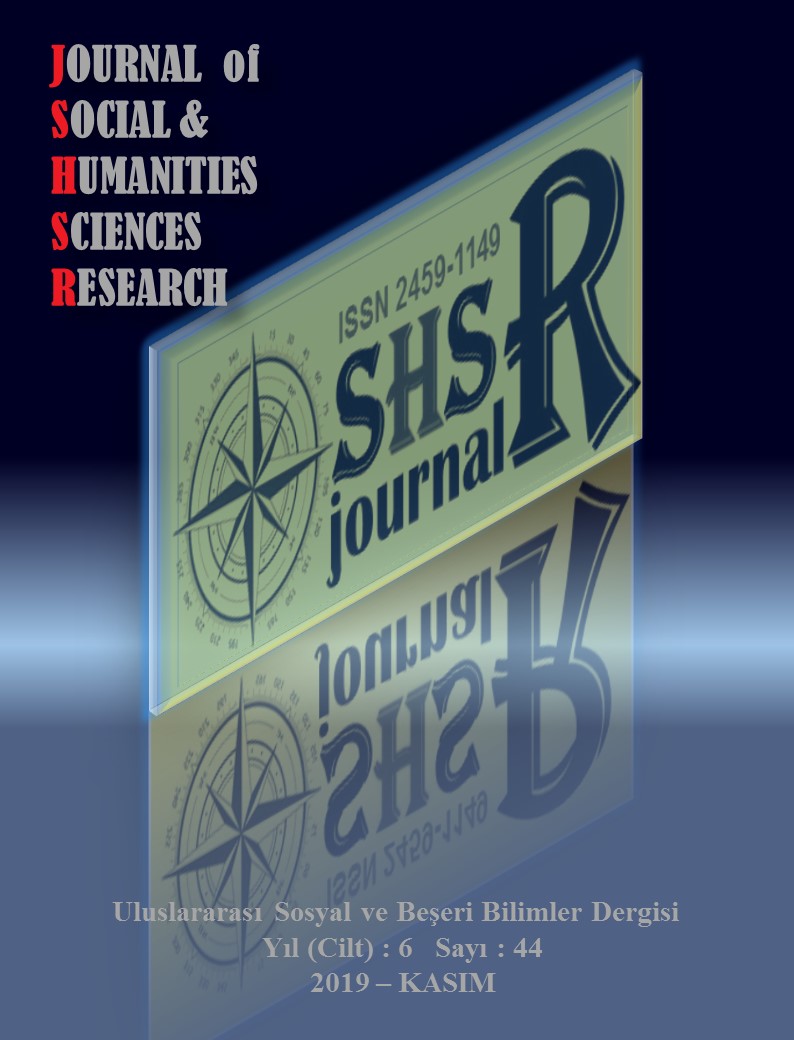THE REFLECTIONS OF ANZAC SPIRIT AND NATIONAL IDENTITY IN BRUCE SCATES’S NOVEL: ON DANGEROUS GROUND, A GALLIPOLI STORY
DOI:
https://doi.org/10.26450/jshsr.1549Keywords:
Anzac Spirit, National Identity, Gallipoli Campaign, World War I, New HistoricismAbstract
This paper is part of a research project entitled “Fictional History Writing: Gallipoli Campaign in Contemporary British
Commonwealth Novel” funded by The Scientific and Technological Research Council of Turkey (TUBITAK, 2015). The aim
of the project is to study representations of Gallipoli Campaign in contemporary British, Australian and New Zealander novels
written between 1915 and 2015, in which the history of the Gallipoli Campaign is recreated. Gallipoli War, one of the bloody
battles of World War I, was a milestone for both Turkish and Australian histories. Australia became independent in 1901 and
its first battle was the Second Boer War in South Africa as a dominion of the Great Britain. However, Gallipoli War was the
founding moment of Anzac Spirit and national identity for Australia and New Zealand. As a result of the call of the motherlandGreat Britain- and in order to prove herself to the big states of that period, Australia sent their sons with no experience of war
to the other edge of the world- to death- volunteerly. Although the war ended with a certain victory of Turks and they left their
beloved sons in the carnage of Gallipoli, courage, bravery, mateship, loyality, endurance, good humour and sacrifice became
the characteristics of being an Anzac and inherited to every Australian. In this article, On Dangerous Ground, A Gallipoli Story
by Bruce Scates was examined in terms of National Identity and Anzac Spirit. It should be noted that the novel takes place in
three different times ( 1915, 1919 and 2015) and was written under the lights of New Historicism.
Downloads
Published
How to Cite
Issue
Section
License
Copyright (c) 2019 INTERNATIONAL JOURNAL OF SOCIAL HUMANITIES SCIENCES RESEARCH

This work is licensed under a Creative Commons Attribution 4.0 International License.


